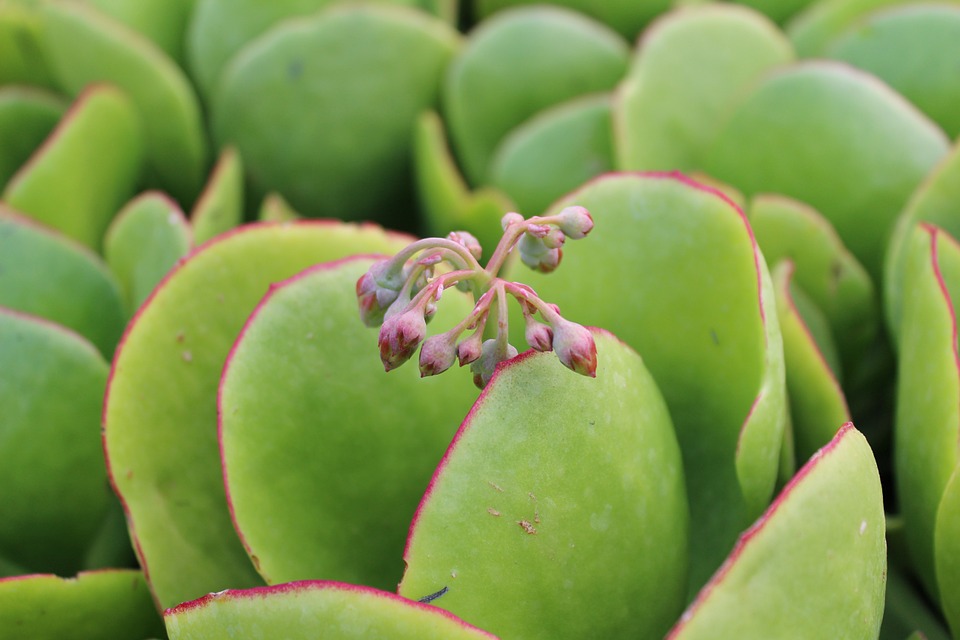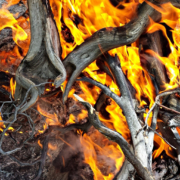Wildfire is a constant threat in Southern California. But there are ways you can protect your landscape and home using native, fire-resistant plants.
Plan your landscaping in three zones
Zone 1: Help your landscape resist fires by choosing smart designs and fire-resistant plants. The first zone should provide 35 feet of defensible space around structures and access areas. This maximizes fire prevention and allows fire crews to access your property if needed.
Zone 2: Your landscape should reduce the chances of airborne embers from catching fire. Thin vegetation for at least 65 additional feet in the second zone. That makes for a total of 100 feet of defensible space.
Zone 3: Many of San Diego County’s native, fire-resistant plants can survive and recover from infrequent fires. Some plants even use fire as a signal to begin growing.
However, when fires occur too frequently, survival is tough for even the most well-adapted plants. Invasive, non-native plant species make fires more frequent, longer in duration, and hotter. That’s why it’s important to remove invasive plants in fire-prone areas.

Crassula is a diverse and extensive genus of succulent plants, with about 350 species. Photo: Pixabay
Use fire-resistant plants
Some native plants with high salt or water content can themselves from airborne embers. For instance, agave, aloe, crassula, and other succulents store extra water in their fleshy leaves. These plants also usually have a low volatile oil content.
Five fire-resistant plant choices include:
- Daylily hybrids
- Coral Aloe
- Indian Mallow
- Bush Morning Glory
- California Sycamore trees
Avoid plants that fuel wildfires
Messy, oily trees and shrubs, such as eucalyptus and junipers, fuel fires. They ignite quickly, burn hot and long, and release embers into the air. Because of those factors, they contribute to the spread of wildfire.
Preventative landscape maintenance includes regularly removing dry grass, thatch, brush, weeds, litter, waste, and dead and dying vegetation. Trees should be properly pruned. Similarly, shrubs should be thinned. Remove any dead branches or leaves. Leave root structures intact to avoid erosion. Dead leaves and branches are especially flammable on evergreen shrubs, so avoid planting these close to homes or structures.
This article was inspired by the 71-page Sustainable Landscapes Program guidebook available at SustainableLandscapesSD.org. The Water Authority and its partners also offer other great resources for landscaping upgrades, including free WaterSmart classes at WaterSmartSD.org.




